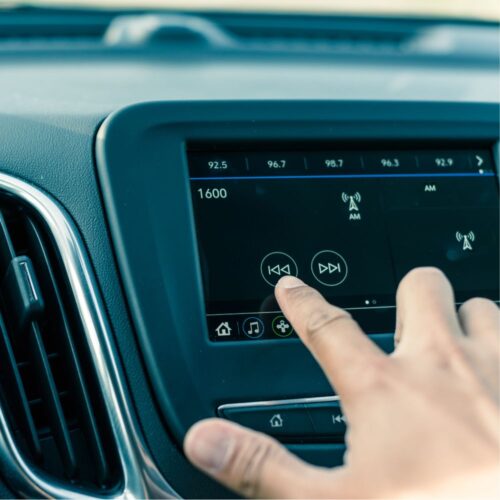AM Stereo, what really happened
Did Leonard Khan really delay AM Stereo by getting mad the FCC didn't pick his system
Did Leonard Khan really delay AM Stereo by getting mad the FCC didn't pick his system
Leonard felt his ISB system should have been chosen, so when the Magnavox system was, he decided to sue literally every one of the competing systemsAM Stereo, what really happened
Did Leonard Khan really delay AM Stereo by getting mad the FCC didn't pick his system
Adding to that: After some delay, the FCC responded by allowing the marketplace to decide. By the time C-Quam became the de-facto standard, it was too late and by the time it was made official, in 1993, the whole concept had been dead for years!Leonard felt his ISB system should have been chosen, so when the Magnavox system was, he decided to sue literally every one of the competing systems
and the FCC.
The Commission did that because of Leonard suing. Opening it up and letting broadcasters make the final decision, allowed for Leonard's lawsuit to be dismissed.Adding to that: After some delay, the FCC responded by allowing the marketplace to decide.
Technically the Magnavox system was a form of CQUAM. It's just that once Leonard started suing everything that moved and the FCC retracted their selectionBy the time C-Quam became the de-facto standard, it was too late and by the time it was made official, in 1993, the whole concept had been dead for years!
When the FCC approved a different system in the late 1978/79 proceeding, he sued and prevented the system from being accepted. It was not until nearly 5 years later when it was too late: 80% of the music listening had gone to FMAM Stereo, what really happened
Did Leonard Khan really delay AM Stereo by getting mad the FCC didn't pick his system
Source: pg 30 of this PDF from David's archive: https://www.worldradiohistory.com/Archive-All-Audio/Archive-Audio/70s/Audio-1975-01.pdfSince AM does not require line-of-sight reception as FM does, it is easy to conclude that if AM stereo does become available and practical in the U.S., it will be preferable for automobile listening and a valuable addition to a home sound system for its varied programming.
Absolutely! I listened during the XETRA tests in the early 1970s and described it at the time as FM stereo with the door shut.I wasn't a heavy AM radio listener until 1984-10 (AM only car radio), IIRC, KMBZ AM used the Kahn AM stereo system in the early 1980s, I listened on an analog tuned car radio briefly and heard an AM stereo promo state that 2 AM radios could be used to hear KMBZ AM in stereo, I didn't have 2 radios at the time to try this, did/does it actually work?
Kirk Bayne

 radioink.com
radioink.com
They’re just trying to get their names out there.A number of state AGs support the AM bill:

State AGs: Helene Highlights Need for AM Radios in Vehicles - Radio Ink
12 state attorneys general are urging Congress to support the AM Radio for Every Vehicle Act as automakers seek to remove the AM band.radioink.com
Or pocketing money from broadcast industry lobbyists.They’re just trying to get their names out there.
The states have broadcasting associations that can lobby for the bill, the NAB lobbyists aren’t going to be enlisting state attorneys general to lobby for it.Or pocketing money from broadcast industry lobbyists.
